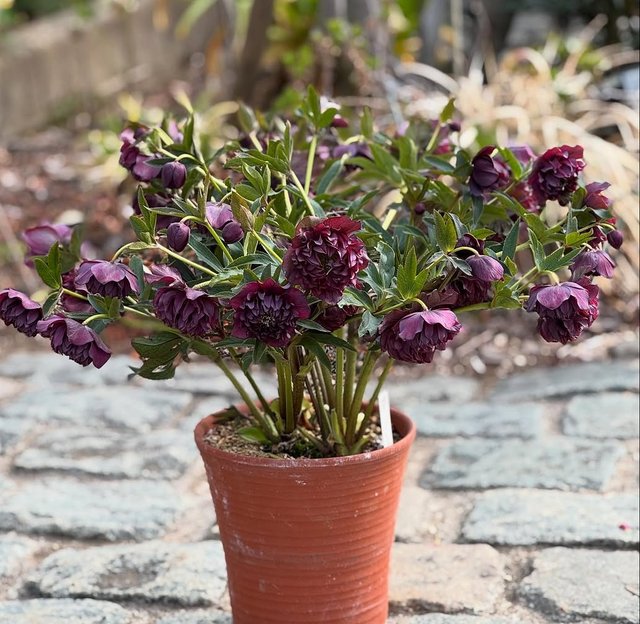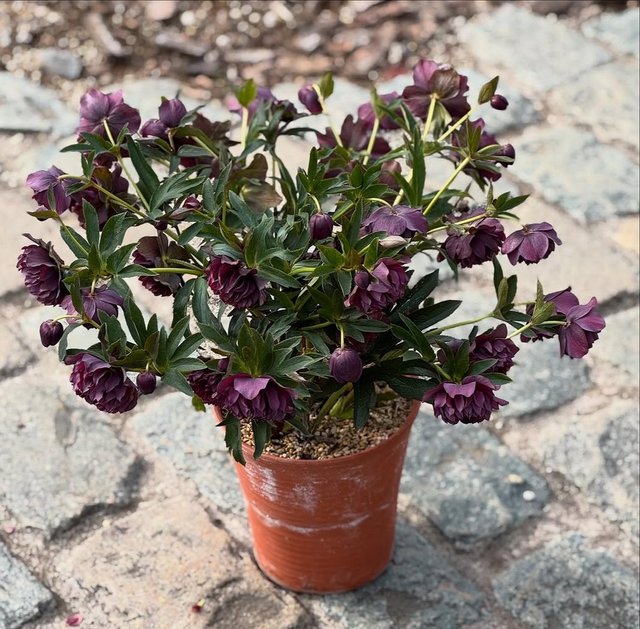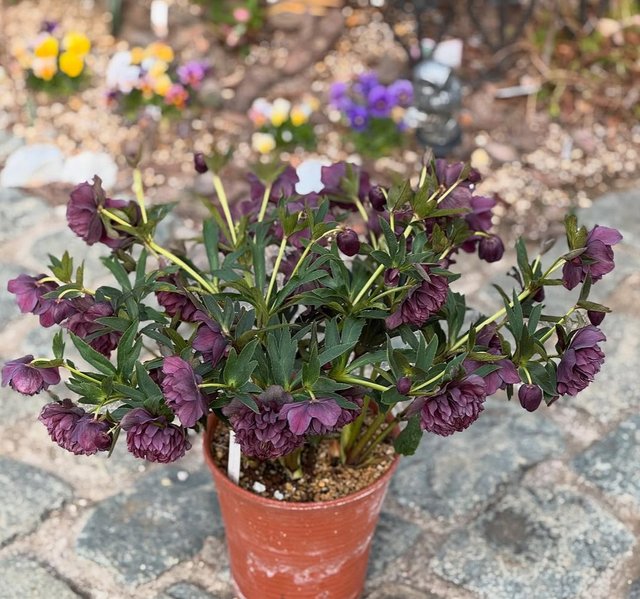So Beautiful Helleborus Orientalis Flower
Helleborus orientalis: The Elegant Winter Rose of the Garden
If you're looking to add a touch of elegance and resilience to your garden during the late winter and early spring months, Helleborus orientalis, commonly known as the Lenten Rose, is a plant you’ll want to know about. Despite its name, it’s not a true rose—but it offers rose-like blooms during a time of year when most other plants are still dormant, making it a cherished addition to shaded borders and woodland-style gardens.
Botanical Background
Helleborus orientalis belongs to the Ranunculaceae family and is native to areas of Greece, Turkey, and the Caucasus. It has become popular worldwide thanks to its beautiful, long-lasting flowers and its ability to thrive in cooler temperatures. The plant typically blooms from late winter into early spring, often around the time of Lent—hence the nickname "Lenten Rose."
Its flowers, which can persist for up to two months, come in a wide array of colors: soft pastels like pink, white, and yellow; rich hues like burgundy and deep purple; and even striking patterns with speckles and veining. Each bloom has a nodding, cup-like shape, with a central ring of showy stamens and a subtle but alluring fragrance.
Growth and Care
One of the most attractive qualities of Helleborus orientalis is its ease of care. Once established, it is a hardy perennial that requires minimal maintenance.
Light Requirements: Prefers partial to full shade, making it ideal for woodland gardens or under deciduous trees.
Soil: Thrives in rich, well-drained soil with plenty of organic matter. It does not like waterlogged conditions, so good drainage is crucial.
Watering: Regular watering is needed during dry spells, especially in the first year. Mature plants are relatively drought-tolerant.
Climate: Hardy in USDA zones 4–9. The plant is especially valued in colder climates where winter bloomers are rare.
Feeding: A layer of compost or a balanced slow-release fertilizer applied in early spring can help boost flower production.




%20(7).jpeg)